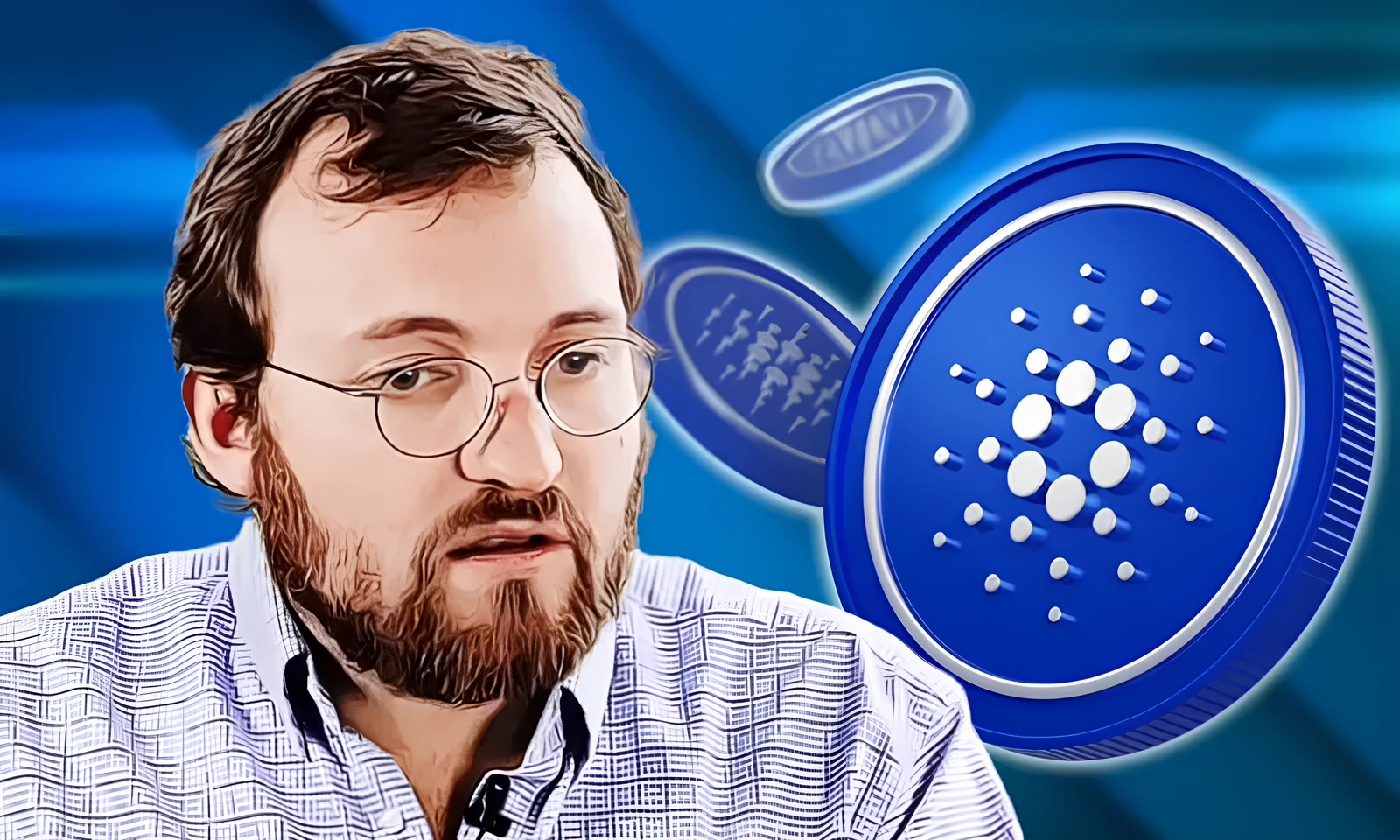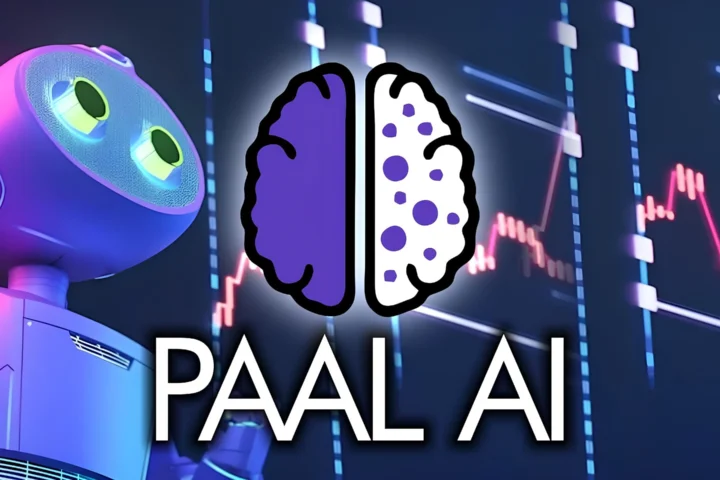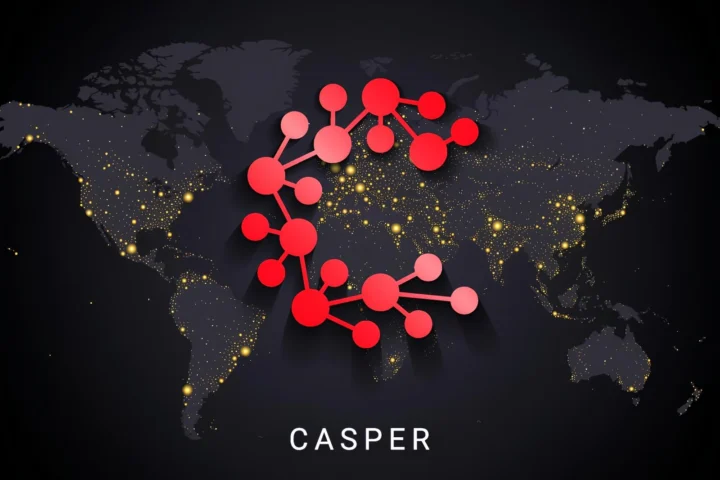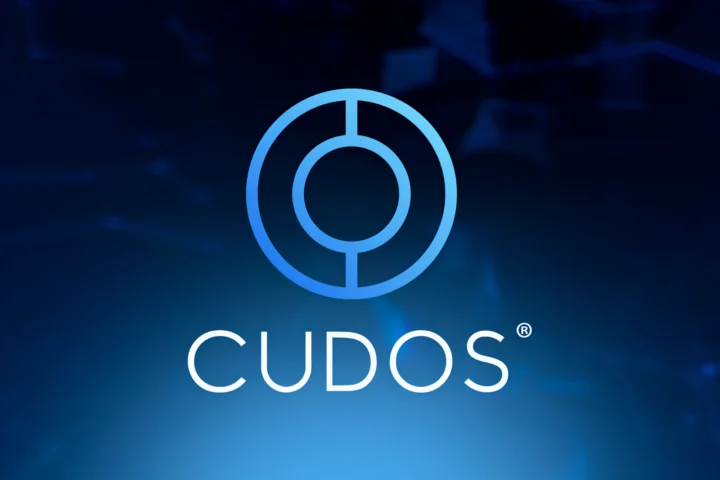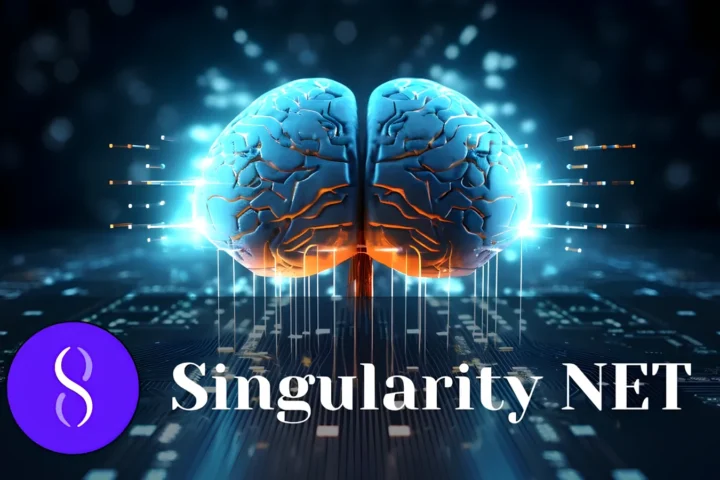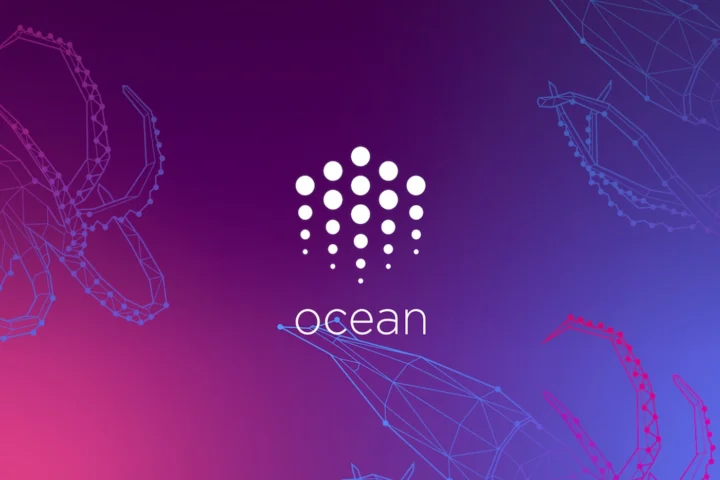Charles Hoskinson was born on November 5, 1987, on the islands of Hawaii, United States, in a family of doctors. He grew up in the State of Colorado. From a young age, he planned to become a surgeon, but his goals changed after he was introduced to information technology. Hoskinson spent a lot of time in front of the computer and was fascinated by its possibilities.
After high school, the future entrepreneur continued his education at MSU in Denver and the University of Colorado in Boulder, where he attended lectures on mathematics and analytic number theory. However, he did not complete a doctoral degree. Despite this, Hoskinson is a proponent of rigorous academic methods, which is reflected in his work with the Cardano blockchain.
In 2007, Hoskinson joined the presidential campaign of Republican Ron Paul. His views on the candidate, a proponent of the Austrian school of economics and the theory of money, which posits that a monetary system based on fiat money is inherently unstable.
“When Bitcoin emerged, its technology became a spiritual successor to what Ron Paul was talking about”
Hoskinson later said
Early Chapters: From BitShares to Ethereum Foundation
In June 2013, entrepreneur and and future creator of the EOS blockchain, Dan Larimer, presented the concept of exchanging Bitcoin for fiat. He shared his idea with Charles Hoskinson, who helped him refine it and create a business plan.
By July, the company Invictus Innovations was formed. By October, during a Bitcoin conference in Atlanta, its co-founders presented one of the first decentralized exchanges (DEX) — BitShares. The platform began operations in 2014.
Charles Hoskinson quickly lost interest in the coin and focused on his educational project, Bitcoin Education Project. Launched in 2013, the project spread knowledge about the potential of the first cryptocurrency. During his work on it, he met Vitalik Buterin.
Their collaboration quickly turned into a partnership, and Charles Hoskinson became one of the co-founders of Ethereum. In December 2013, he was appointed as the general director of the Ethereum Foundation and played a leading role in the creation of the Swiss foundation and its legal structure.
However, by 2014, the businessman left the company due to disagreements with other co-founders, including Buterin, over the commercial aspect of the project.
Foundation of IOHK and Cardano
After leaving Ethereum’s CEO position, Hoskinson moved to Hong Kong, where, in March 2015, he co-founded Input Output Hong Kong (IOHK) with a colleague from Ethereum, Jeremy Wood.
IOHK proposed the use of peer-to-peer (P2P) technologies for financial services. The idea was to create cryptocurrencies and blockchains for corporations, governmental organizations, and academic institutions—aimed at greater scalability and security compared to Ethereum.
According to the company’s website, IOHK is a global organization with a distributed team of over 400 people from more than 50 countries.
On February 7, 2017, IOHK researchers presented the white paper of the Ouroboros protocol. It became the first Proof of Stake (PoS) algorithm with mathematical proof of security against forks.
In October 2023, Hoskinson criticized Ethereum in a tweet. He accused Ethereum developers of plagiarism, claiming they needed to copy Ouroboros—the consensus protocol of Cardano.
The startup raised a significant $62 million in the ICO at the beginning of 2017. The official launch happened on September 29, 2017. The token ADA started trading on October 1, 2017.
The project is named after the 16th-century Italian polymath Gerolamo Cardano. Cardano aims to create a flexible and interoperable form of money, programmable using scientific methods, with a foundation in mathematical proofs and game theory.
According to Hoskinson, Cardano is an improvement over first and second-generation blockchains like Bitcoin and Ethereum. He claims the platform is more rigorously tested and offers greater security and scalability.
On September 2, 2024, Cardano underwent a hard fork called Chang, which was the largest upgrade since the Vasil update in September 2022. Chang introduced a new governance and community interaction system, allowing ADA token holders to vote. The update includes the concept of “delegated representatives” (Delegate Representatives) and a “Cardano Constitution.”
Another expected hard fork will focus on implementing Ouroboros Leios, a new version of the consensus mechanism designed to increase throughput, scalability, and transaction speed while maintaining the current level of decentralization.
Controversies and Other Achievements
Hoskinson is known for his strong views and a penchant for controversy. He does not shy away from criticizing other projects and has been a vocal critic of Ethereum, particularly after the DAO hack in 2016.
“Many people in the Ethereum ecosystem do not like me. They say I am a monster and that my only goal was to harm Ethereum. They even claim I am the hacker”
Charles Hoskinson admitted
Other Interests and Projects
Hoskinson’s biography is filled with interesting and controversial facts. In June 2023, the founder of Cardano used his personal plane to deliver a group of scientists led by Harvard astronomer Avi Loeb to the Pacific Ocean. Their mission was to retrieve fragments of a suspected extraterrestrial technology that crashed in 2014.
Loeb stated that the interstellar meteor, the size of a watermelon, which fell near the coast of Papua New Guinea in 2014, could have been “launched by a distant civilization billions of years ago,” given its “extremely rare material strength.” Hoskinson allocated $1.5 million to finance the expedition, but no official success reports were released.
Hoskinson, who owns a personal plane and a Blackhawk helicopter and is estimated to have a net worth of around $1.2 billion, is known for his support of unusual projects.
For example, he has a keen interest in bison. Charles Hoskinson owns a ranch in Wyoming covering approximately 40 square kilometers, home to up to 600 bison.
He is also passionate about bioluminescent plants.
“If you want to address global warming or improve the environment, it makes sense to explore genetic engineering of plants”
Charles Hoskinson told DL News
According to him, specially engineered plants can produce organic light, sequester carbon, remove toxic substances, and offer other environmental benefits. His team uses CRISPR, a modern gene-editing technique, for these projects.
Charles Hoskinson is a philanthropist and has funded several educational institutions. In 2017, he opened two laboratories for blockchain research.
In March 2020, during the height of the pandemic, the crypto entrepreneur declared the death of the global economic order:
“What we are witnessing now is the collapse of the global economic order of the 20th century. Those who had certain assumptions about how power, money, credit, finance, and information should function are losing”
Charles Hoskinson
Conclusion
Charles Hoskinson’s journey from a young enthusiast fascinated by the possibilities of information technology to a prominent figure in the blockchain industry is a testament to his visionary mindset and relentless pursuit of innovation. His contributions to projects like BitShares, Ethereum, and most notably, Cardano, have left an indelible mark on the cryptocurrency landscape.
Hoskinson’s commitment to rigorous academic methods and scientific principles is evident in the development of Cardano, which aims to address the limitations of earlier blockchains through a foundation in mathematical proofs and game theory. The recent hard fork, Chang, and the upcoming implementation of Ouroboros Leios, further underscore his dedication to advancing the technology and enhancing its scalability and security.
Despite his successes, Hoskinson is not without controversy. His strong opinions and public criticisms of other projects, particularly Ethereum, have made him a polarizing figure within the crypto community. However, his willingness to challenge the status quo and push for innovation has also earned him a significant following and respect from many in the industry.
Beyond his technical achievements, Hoskinson’s diverse interests and philanthropic efforts highlight his broader vision for leveraging technology to address global challenges. From funding scientific expeditions to explore extraterrestrial technology to supporting environmental initiatives through genetic engineering, his multifaceted approach to problem-solving is both ambitious and inspiring.
As the blockchain industry continues to evolve, Charles Hoskinson’s influence is likely to remain significant. His ongoing projects and ventures, coupled with his unwavering commitment to pushing the boundaries of what is possible, position him as a key player in shaping the future of decentralized technologies and their applications in various fields.
